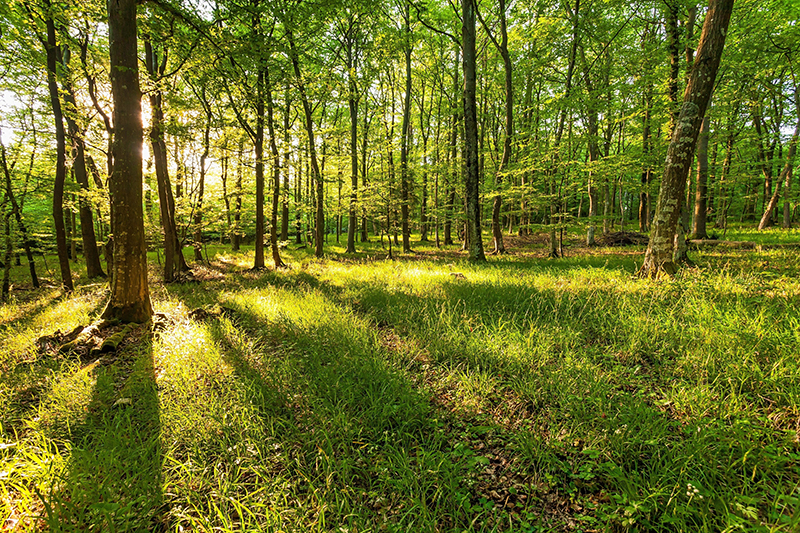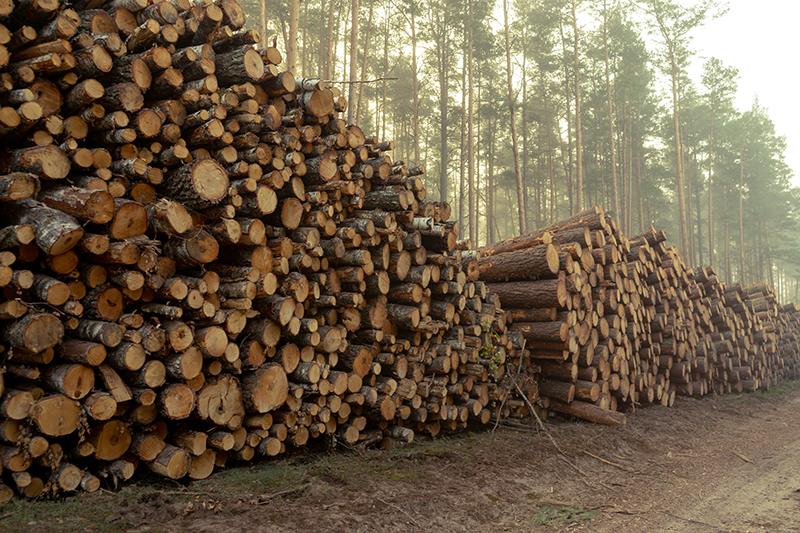Timber Information
How Do I Protect My Property?
- Contact a Red Stag Real Estate Professional Forester to help plan and conduct your forest management activities.
Leave a strip of trees 50 feet wide along both sides of streams when cutting or harvesting timber to prevent sediment from entering the water. - Prevent erosion from your roads and easements by installing appropriate water control structures that allow water to drain quickly away from streams. Stabilize and remove roads that are no longer in use.
- Avoid building roads across streams whenever possible. When necessary, cross streams at straight, narrow sections and at right angles. Remove temporary crossings and any logging debris from streams, and be sure to repair stream banks following operations.
- Make sure the ground is stable enough for heavy equipment so rutting does not occur.
- Conduct operations on the contour of the land.
- Consult a Red Stag Real Estate Professional Forester before applying chemicals such as fertilizers and pesticides.

Reforestation:
Purpose
- Establish or reinforce a stand of trees
- Encourage and expand economically desirable wood production
- Improve quality of soil, air, and water resources
- Provide suitable wildlife habitat
- Protect watersheds
- Enhance aesthetic value
Where Applicable
- Open fields
- Understocked woodlands
- Prepared sites
Planting Date
Planting should be done during optimal conditions when soil moisture is adequate. Planting should be completed between December 1 and April 1 for Northeast Texas (north of Interstate 20) and December 1 and March 15th for the rest of East Texas. Containerized Tree Planting can begin as early as October if soil and weather conditions are favorable. Reforestation activities may be restricted if environmental conditions create a high risk for survival of the planted seedlings.

Timber Exemption:
To qualify for timber exemption, landowners must meet each of the following six eligibility requirements:
1. The land must be currently and actively devoted to timber production.
2. The land must be used principally for timber production.
3. The land must be devoted to timber production to the degree of intensity generally accepted for the area.
4. The owner must have an intent to produce income.
5. The land must have been dedicated principally to agriculture or timber production for any five of the preceding seven years.
6. The property owner must file a timely and valid application form.
Contact us today for information on how Red Stag Real Estate, LLC can prepare a timber management plan to lower the cost of taxes on your timber properties.

